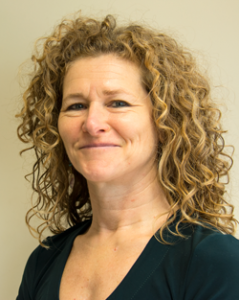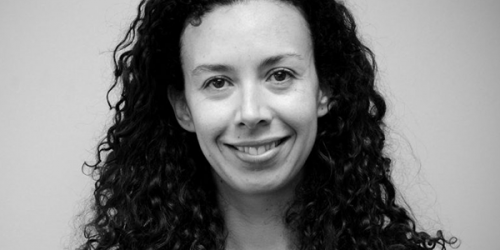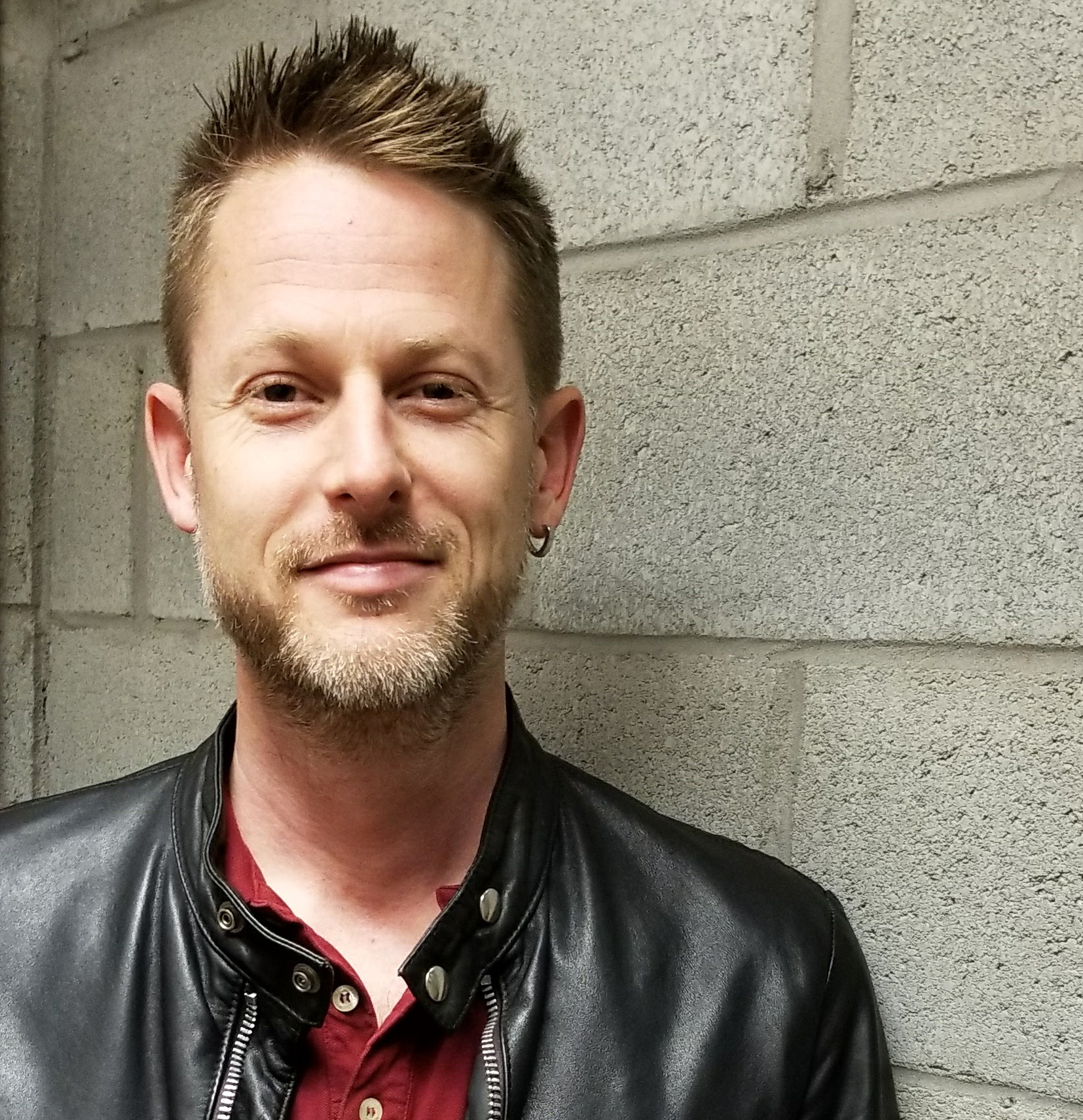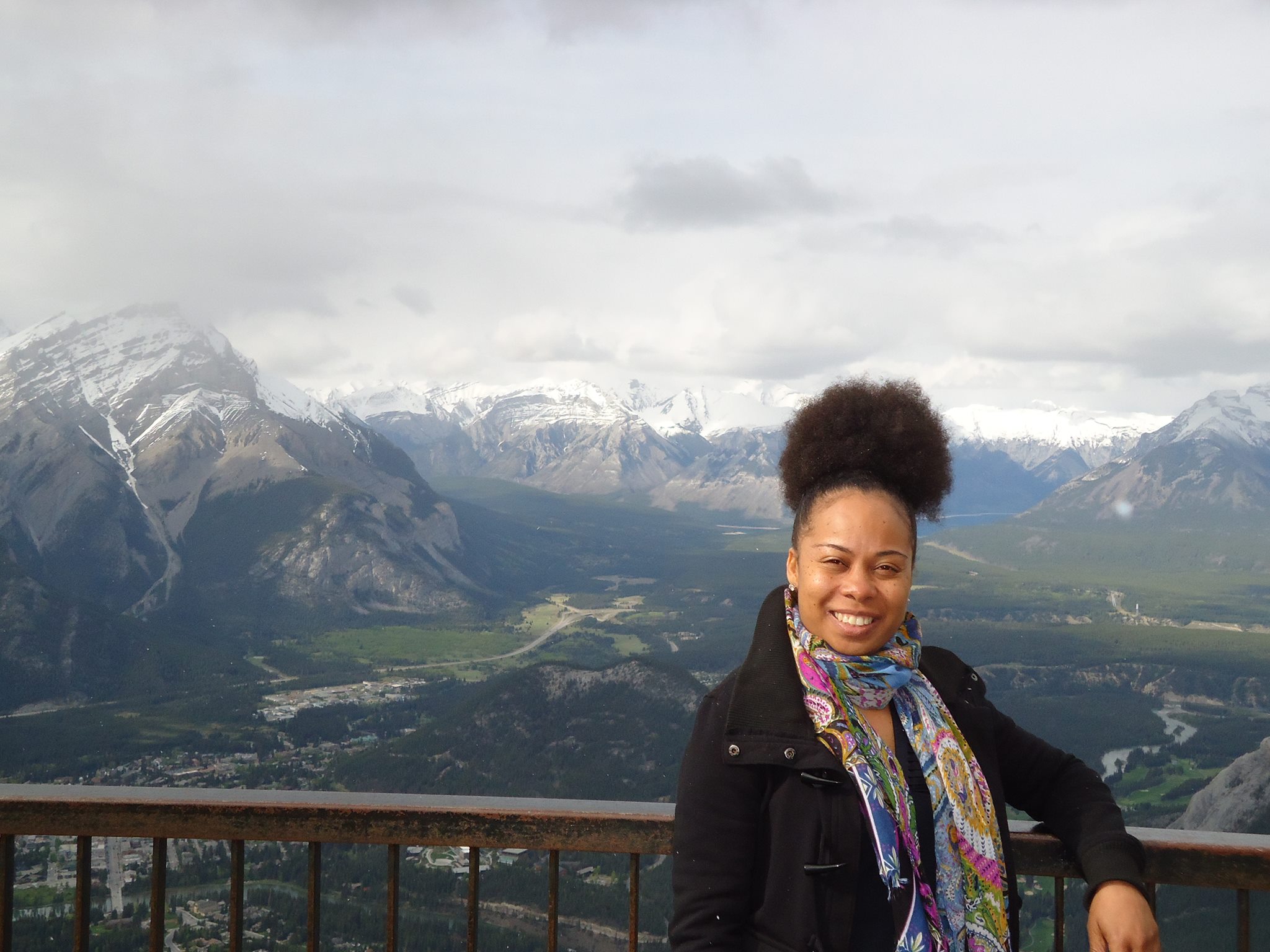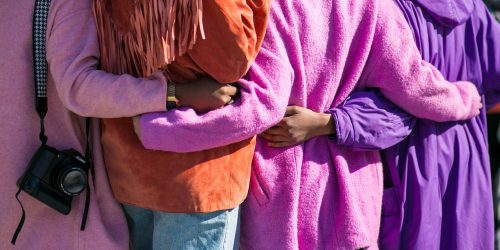A step toward ending unjust HIV criminalization, with more to be done in 2018
January 22, 2018 • By Nicholas CaivanoFor people living with HIV and their allies, 2017 was a ground-breaking year. It culminated with both the federal and Ontario governments publicly recognizing the need to limit the over-criminalization of HIV in Canada. On World AIDS Day 2017, both acknowledged that criminal prosecution for alleged HIV non-disclosure is not warranted when a person living with HIV has a “suppressed viral load” (i.e., less than 200 copies of HIV/ml of blood) because such an individual poses no “realistic possibility” of transmitting the virus—the Supreme Court’s legal test for whether a duty to disclose exists.


